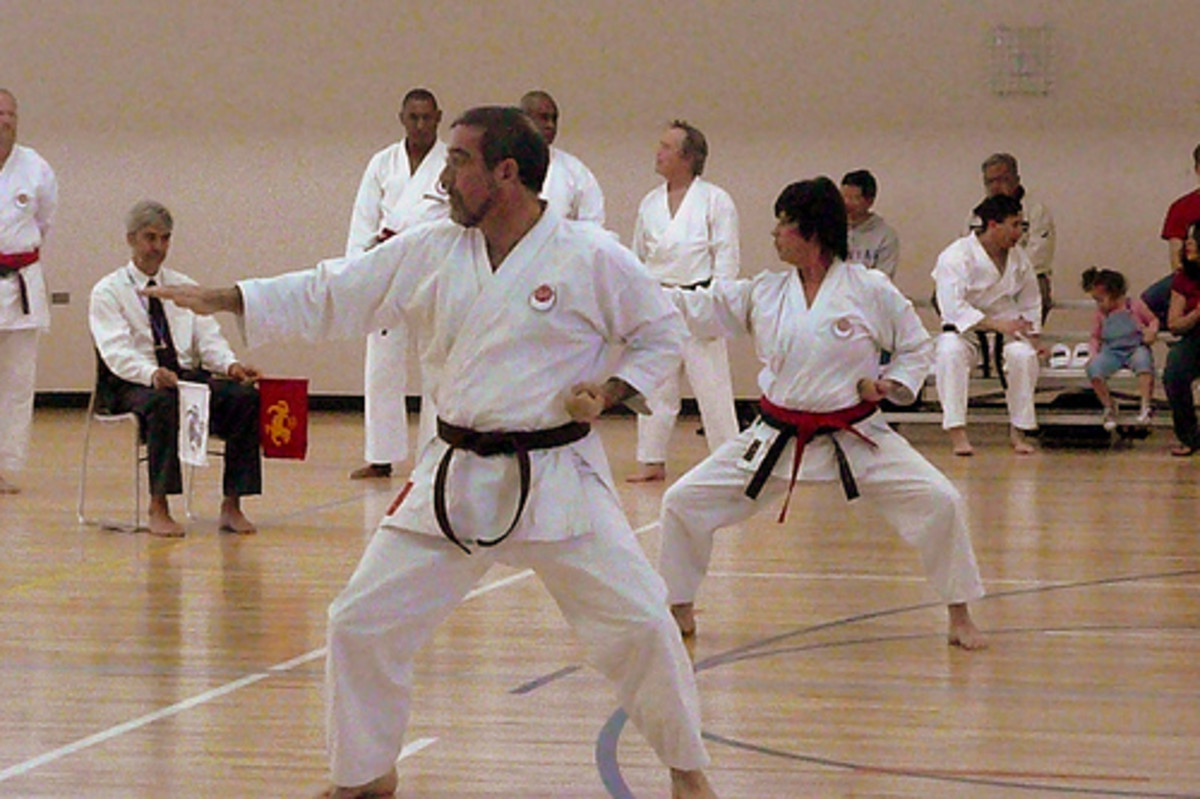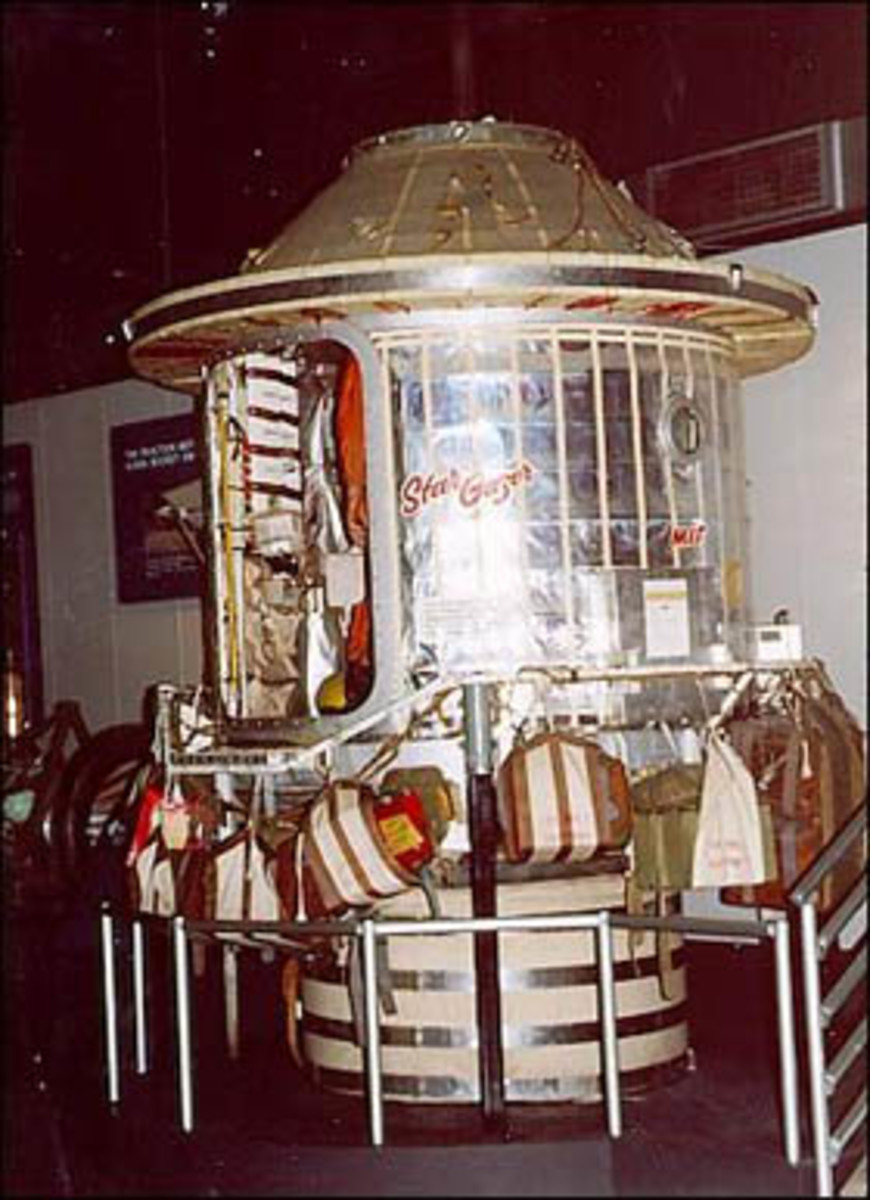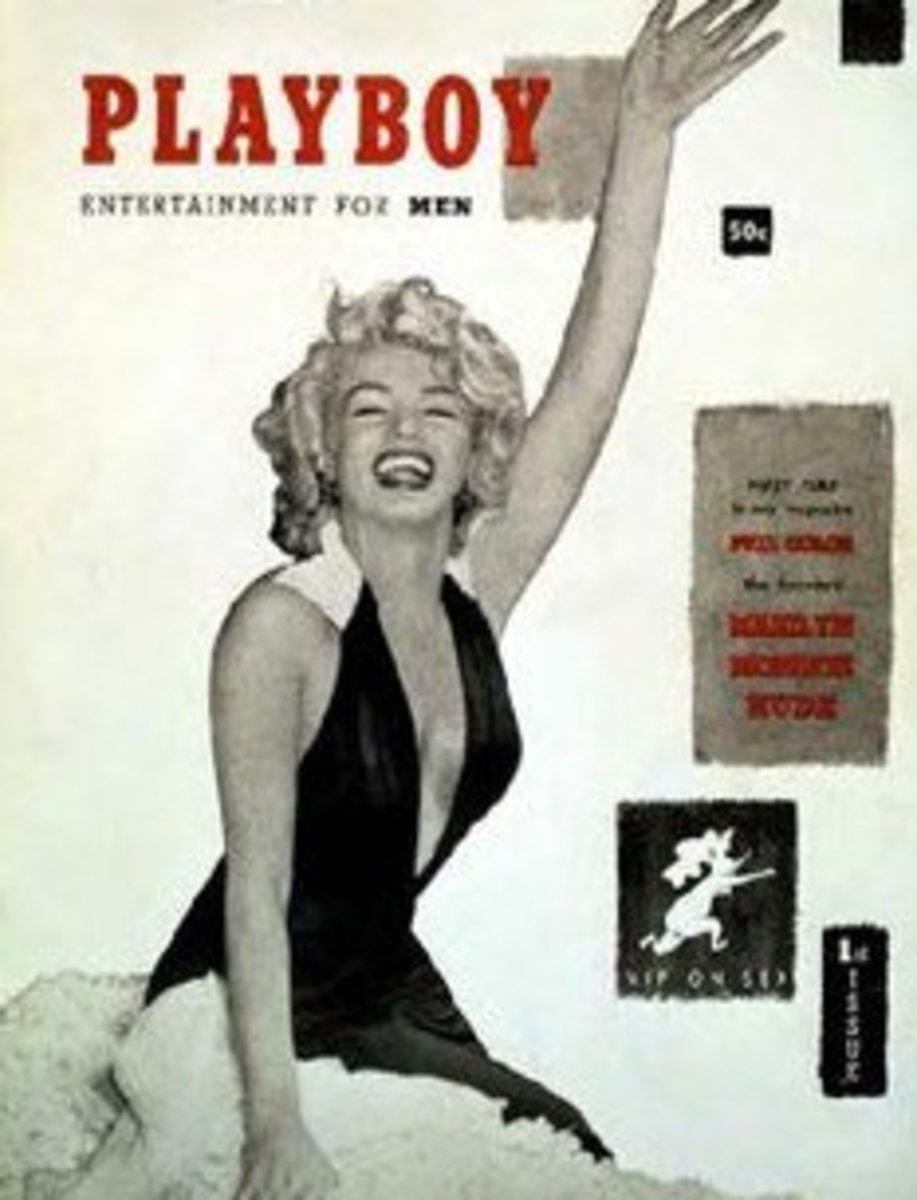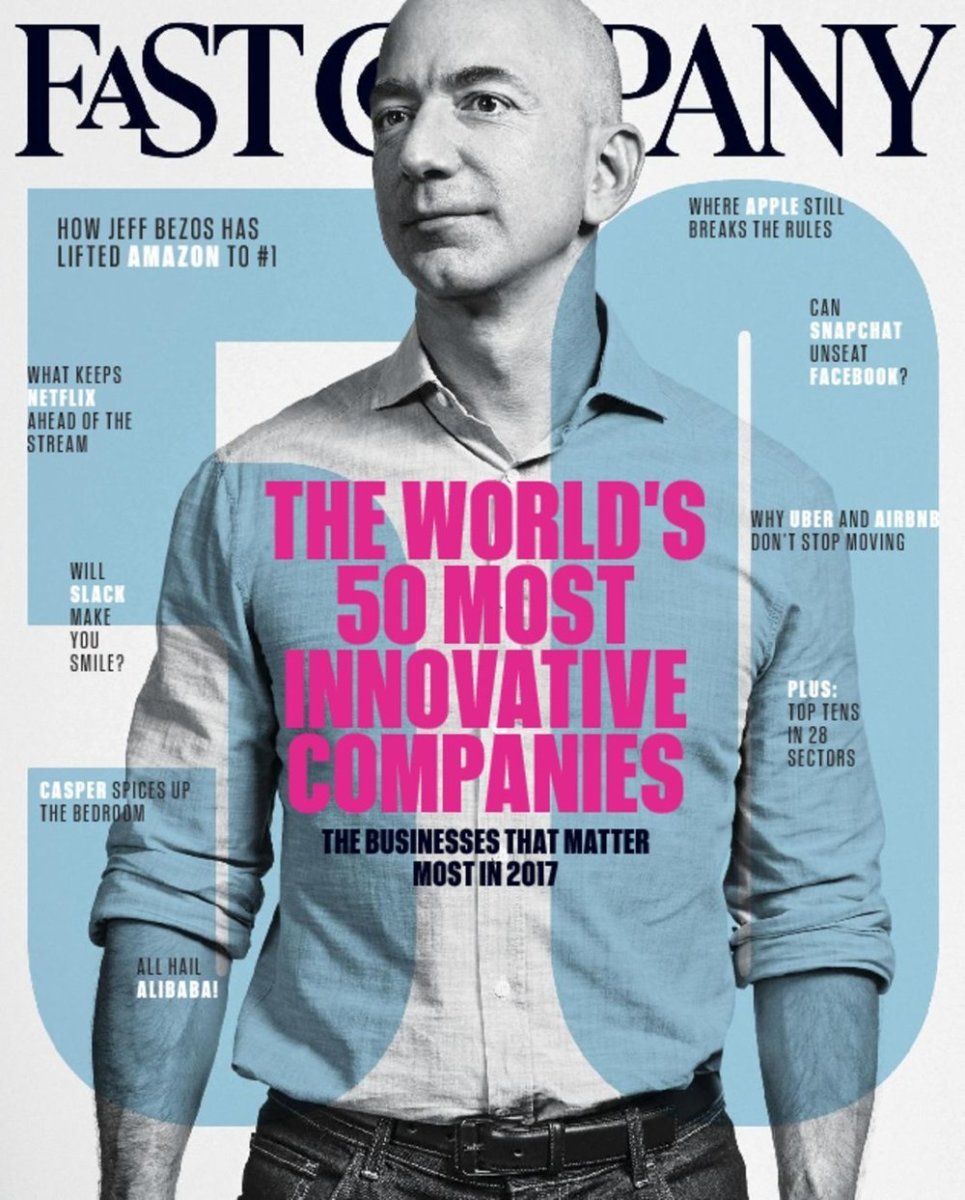Differences between regular English and news writing styles

You know what's strange? There are a lot of differences between writing regular English, like novels, and news style for journalism, such as in newspapers (well, considering the media is of the English language, anyway... otherwise, there'd be a wealth of differences...). It's something that trips up a lot of people used to one way or the other.
Of course, I learned how to write research papers and stories initially. I wrote a book in regular English and spent a lot of time reading novels. As I grew older, I started reading newspapers, but I still didn't see that many differences.
As a copy editor for my school newspaper, however, I was taught methods and rules that turned me around (almost) 180 degrees. While news style still comprised of mostly the same rules for grammar and structure as regular English, it threw my copy editing class around, that's for sure.
Here are some of the things I've learned:
- Length: In regular English, it's ok to write long sentences; that's what semicolons are for, right? For journalism, you need to be concise. Brevity is key. You want to convey the necessary details in a few words as possible to keep the reader going along. We as copy editors often had to delete entire unnecessary paragraphs from an article if it seemed redundant or unimportant to the story, and not just because we needed room to place it. Also, if a sentence ran long, journalists don't want to use semicolons. They just break up the sentence with periods, if possible. We also needed to break up paragraphs; we didn't want them any longer than three or four sentences unless it was necessary. It's easier for people to read things when they're broken up into easily identifiable elements, and entering and tabbing was one way to make a chunk of text into nice, small, friendly pieces.
- Tabbing/spacing: On the subject of tabbing, novels and stories have paragraphs that are usually are tabbed with, well, the Tab key on the keyboard. However, for news style, we use five spaces for an indent, if not a whole blank line to separate paragraphs.
- Structure: There is usually more flexibility when writing traditionally. You want the first sentence of the book to be a word long, and of its own paragraph? Cool. Can the book be one long paragraph? Sure! That is not the case in journalism. Articles usually start with one sentence that contains the who, what, where, when, how, and why, if possible or known. This sentence is called the lead. The third or fourth paragraph may contain a nut graph, which explains the news value of the story usually for a feature. There may be flexibility for the lead; it can be fun (soft) or serious (hard) or anything depending on the context and content. There may be no such context for a novel. Generally, reporters follow the inverted pyramid structure for writing an article; the most important information needs to go at the top because a reader's interest will dwindle as he or she reads more of the story, until it becomes just a point like that of an upside-down pyramid. Get it?
- Commas: This may seem trivial, but the placement of comms in lists was something a lot of reporters used to writing in regular English never got used to. In regular English, you'd place a comma after the second-to-last item in a list (May, June, and July). However, in articles, we would omit that comma (May, June and July). Like I said, it was not the biggest deal, but it was still something we'd whip out the red pen for.
- Content: This may not be the right word to use, but really, a reader should not be able to tell a writer's bias or anything other than as much of the truth as can be told from a story. There are no rules as to what a novelist can write, and for argumentative or persuasive essays, a writer should push a little more for one side or another. Hard news stories should just be bare-bone sentences with no real feeling (although a good writer should be able to move a reader with such words somehow).
- Capitalization: There are some words that are capitalized one style and not in the other, and vice versa. For instance, for the Associated Press style of news writing, website is "Web site." Weird, huh? You just have to check through news stylebooks to see the differences between other words.
- Other quirks: In Chicago Stylebook, the prefix "eco-" can appear in different ways in words that are all written correctly, including "eco-conscious," "ecobusiness," and "eco centered." A.K.A. is "aka" in the AP Stylebook. Most of the time, stylebooks merely confirm the correct way to write and edit something that can be seen in different ways and for which one correct way is generally not agreed upon.
Please let me know if I've forgotten any... I haven't copy-edited anything in news style for a while, so it's not like I wrote this hub in frustration after correcting an article.
Additional resources
- Lynch, Guide to Grammar and Style
- Writing Guide | English Rules
- APStylebook.com
- The Chicago Manual of Style Online
Online edition of The Chicago Manual of Style. Also Chicago Style Q&A, tools for editors, book and CD-ROM.








